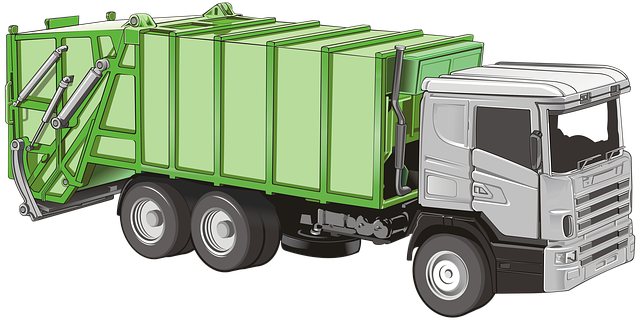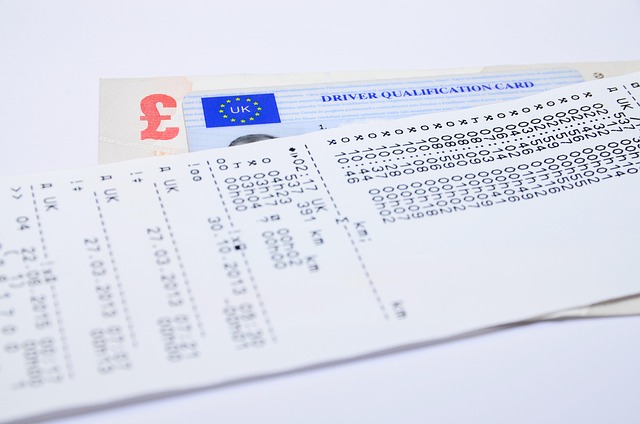Fleet vehicles face diverse risks, from collisions to mechanical failures, requiring a comprehensive protection strategy. This involves regular maintenance, advanced tracking systems, and driver safety programs. Modern technology, like GPS, IoT, and machine learning, significantly enhances protection by enabling real-time monitoring and predictive analytics for collision avoidance. Post-collision care includes immediate medical attention, documentation, insurance claims, and routine maintenance to prevent non-collision damage. Telematics can further bolster fleet vehicle protection through performance and behavior monitoring.
In the dynamic world of fleet management, safeguarding vehicles from damage is paramount. This comprehensive guide offers expert advice on protecting your fleet vehicles from both collision and non-collision incidents. By exploring the common causes of damage, we delve into preventive measures prioritizing safety, leveraging advanced technology for real-time monitoring, and outlining post-collision care strategies. Discover how these insights can enhance your fleet’s resilience and operational efficiency through effective protection tactics.
Understanding Common Causes of Fleet Vehicle Damage

Fleet vehicles are often in constant motion, facing various risks on the road. Understanding the common causes of damage is a crucial step in implementing effective protection strategies. One of the primary concerns is collision-related incidents, which can result from driver error, inadequate training, or hazardous road conditions. These accidents can lead to significant fleet vehicle protection challenges, including costly repairs and downtime.
Additionally, non-collision damages such as mechanical failures, natural disasters, or deliberate acts of vandalism pose substantial threats. To safeguard their investments, fleet managers should consider a comprehensive risk management approach. This includes regular maintenance checks, driver safety programs, and advanced tracking systems to monitor vehicle locations and behaviors, thereby enhancing the overall fleet vehicle protection regimen.
Implementing Preventive Measures: Safety First

Implementing preventive measures is paramount for safeguarding fleet vehicles and minimizing damage, both collision-related and non-collision. Regular maintenance checks are a cornerstone of this strategy. By establishing a rigorous schedule, you can identify potential issues early on, preventing them from escalating into costly repairs or safety hazards. This proactive approach not only extends the lifespan of your vehicles but also ensures they remain in optimal condition for safe operation.
Safety features should be prioritized when considering fleet vehicle protection. Upgrading to advanced driver-assistance systems (ADAS) can significantly reduce the risk of collisions. These systems employ sensors, cameras, and radar technology to detect potential dangers and warn drivers, often with automated interventions. Additionally, ensuring proper driver training is key; well-informed drivers who understand defensive driving techniques can instinctively react to avoid or mitigate accidents.
Advanced Technology for Real-Time Protection

In today’s digital era, advanced technology plays a pivotal role in enhancing fleet vehicle protection. Real-time tracking systems equipped with GPS and IoT devices enable managers to monitor vehicle locations, speeds, and behavior patterns. This data is invaluable for proactive collision avoidance strategies, as it allows for immediate response to potential hazards. By integrating machine learning algorithms, these systems can predict risky maneuvers and send alerts to drivers or fleet management centers, minimizing the risk of accidents.
Additionally, advanced technology offers non-collision damage protection through remote diagnostics and predictive maintenance. Sensors embedded in vehicles can detect subtle anomalies or wear and tear long before they lead to significant breakdowns or collisions. This not only helps in scheduling preventive maintenance but also reduces unexpected repairs, thereby optimizing fleet operational costs. Real-time data analysis empowers fleet managers to make informed decisions, ensuring the safety and efficiency of their vehicles on the road.
Post-Collision Care and Maintenance Strategies

After a collision, immediate post-collision care is crucial for fleet vehicle protection. The first step is to assess the damage and ensure the safety of all occupants. This includes checking for any injuries and arranging for emergency medical services if needed. Once safety is confirmed, document the incident by taking photos of the damaged areas from various angles. Notify your insurance provider and follow their procedures for reporting and filing a claim.
Regular maintenance plays a vital role in preventing non-collision damage. Implement a rigorous maintenance schedule that includes routine checks of brakes, tires, lights, fluids, and batteries. Keep detailed records of service history to track potential issues. Advanced technologies like telematics can also help monitor vehicle performance and driver behavior, enabling proactive fleet vehicle protection strategies.
Protecting fleet vehicles from damage is a multifaceted approach that combines understanding common causes, implementing preventive measures, leveraging advanced technology, and adopting effective post-collision care strategies. By prioritizing fleet vehicle protection, businesses can minimize downtime, reduce costs, and ensure the safety and efficiency of their transportation operations.
